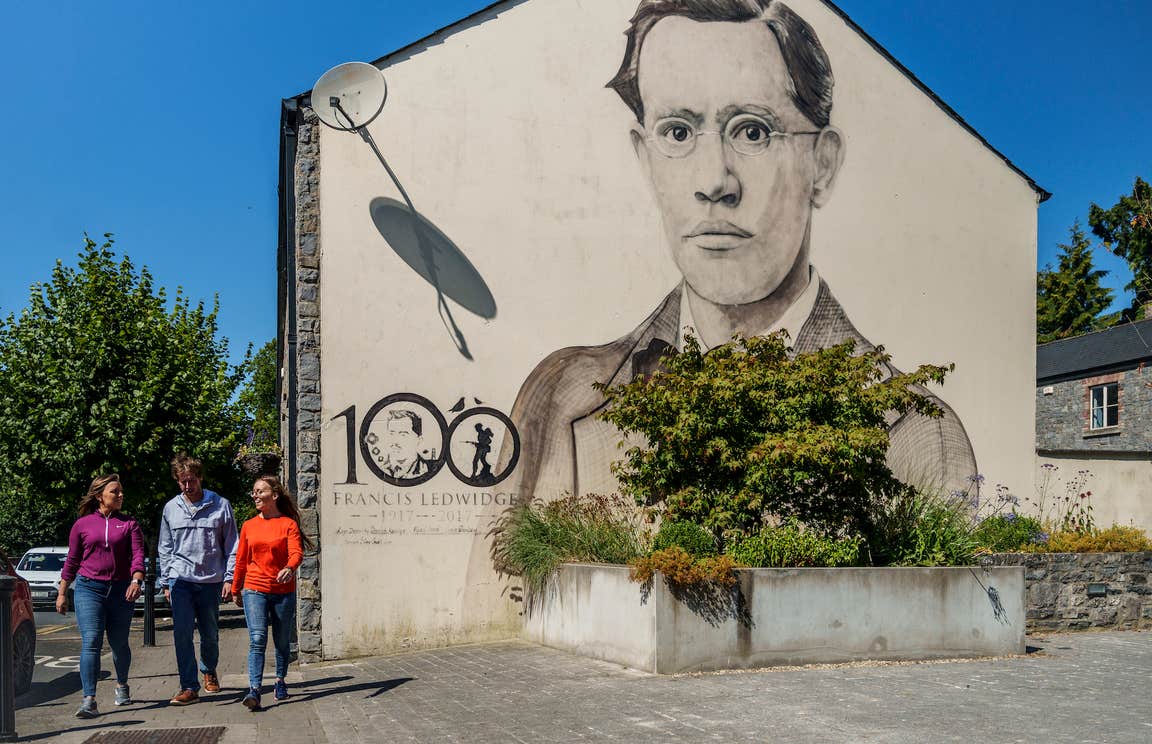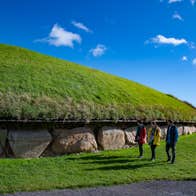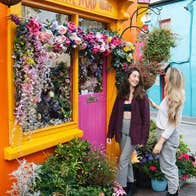Photo credit: @live.adventure.travel
Set off for Slane
The 190 Bus Eireann service between Drogheda and Slane (30 minutes, hourly) departs from the main bus station and takes you through the countryside right into the middle of the village. From there, walk less than 20 minutes out along Main Street (there’s a wide pavement on the right-hand side) until you reach the gates of Slane Castle.
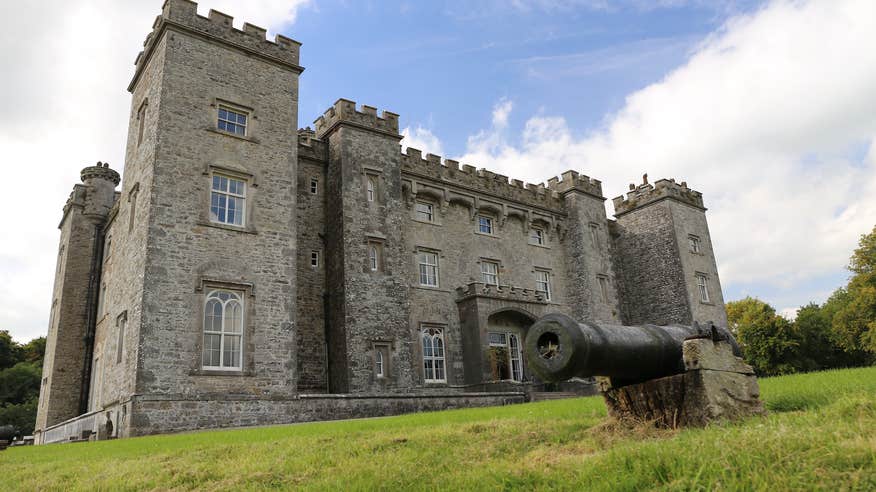
The view from the entrance is a cracker, the gentle grassy slopes leading down to the 18th century castle and the River Boyne, which passes right past the side of the building. Slane Castle has been in the hands of the Conyngham family since 1703 – members of the Conyngham family fought on both sides during the Battle of the Boyne – but its story is far from traditional. After all, plenty of historic homes diversify to offer tours or afternoon tea. But there aren’t many that host some of the biggest rock stars in the world.
It was Henry Conyngham (aka Lord Henry Mount Charles) who had the idea for using the grounds as a gig venue and since Thin Lizzy got the ball rolling in 1981, the stage has seen loads of musical legends, from the Rolling Stones to Robbie Williams, Bruce Springsteen to David Bowie, and Oasis to Metallica. U2 performed twice and in 1984 they lived in the castle while recording The Unforgettable Fire.
When there’s a gig on, you’ll find the stage to the left of the castle, next to the river – at all other times, they set up a few picnic tables so you can eat a sandwich on the very same spot where Madonna performed.
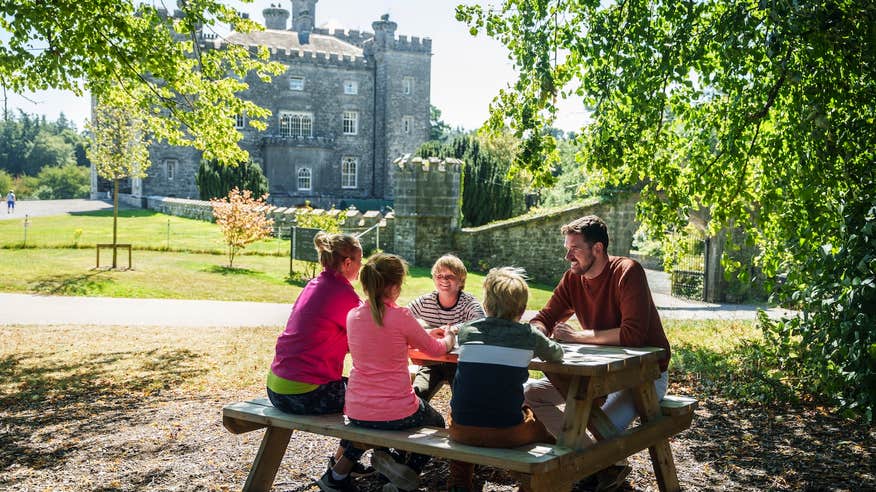
But otherwise, you’d never guess that this was the location for some of Ireland’s most epic gigs. Unless, of course, you find a stray pink feather on the grounds – Harry Styles’ 2023 concert was apparently awash with feather boas and staff are still finding the odd reminder to this day.
At certain times of the year, you can take a tour of the castle to learn all about its history – summer weekends are your best bet. But you can also get an insight into their story in the most recent endeavour from the Conyngham family – Slane Distillery, which opened in 2017.
You can tour the distillery to get the inside scoop on both the whiskey and the family history, with a bit of musical gossip thrown in the mix. The distillery is unique – set within the former stables, each element of the distillation process had to work in harmony with the listed building, without damaging any of the historical features. Walk between the rooms and you’ll see exposed brick chimney breasts, period fireplaces and new copper piping weaving around ancient wooden beams.
The tour leads into a tasting, where you get a snifter of two of their whiskeys, usually their signature triple casked blend and the extra sherry wood, aged in former sherry barrels. Things wrap up with a whiskey cocktail back in the main bar, where you can sit in the former stable compartments with the original cast iron feeders in place (though you’ll be pleased to know they upgraded the seating after the horses moved out).
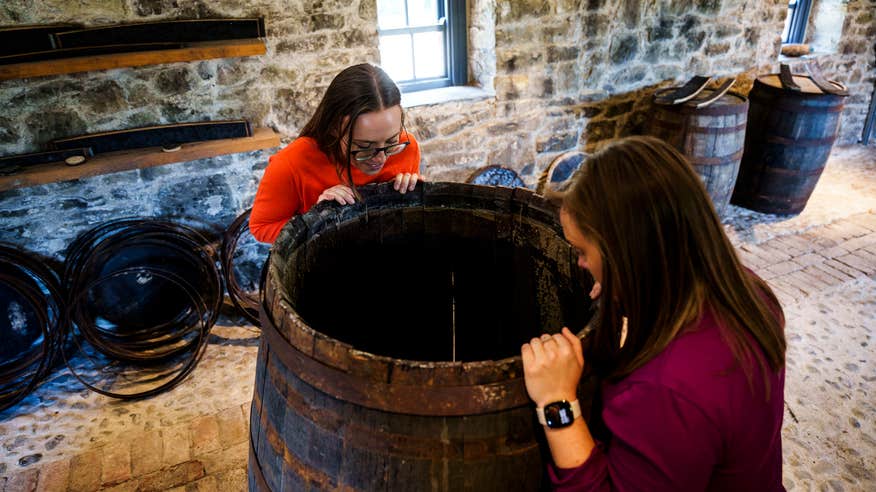
Depending on the time of year, you can walk a trail around the grounds of Slane Castle, so take a stroll if you can before you head back to the village for lunch.
Where to eat in Slane
Back in the village, Gorgeous Patisserie is a cake shop and café serving all sorts of sweet treats. Stop by for tea and coffee or a full brunch spread, with crepes, American-style pancakes and a full Irish on the menu.
The Village Inn is a pub at the main crossroads, where you can get a burger and chips if you’re after a good feed. Just a few doors down, the Conyngham Arms Hotel has a restaurant where you can get bites like Caesar chicken wraps or a panini for lunch, or pub grub in the evening – think chorizo and prawn linguine or battered haddock and chips.
Explore some history
About 1km east of the village (a 20-minute walk) along Main St, you’ll find the Francis Ledwidge Museum (there’s no pavement towards the end, so stick to the hard shoulder). The museum is situated in the very cottage where the poet and nationalist was born in 1887. Really, it’s a double whammy of a museum – you learn about the poet and his works, but also see what a 19th century farm labourer's cottage looked like, with memorabilia from the era.
The collection also includes samples of his poetry and artefacts from WWI, where Ledwidge was killed in action at Ypres in 1917. Be sure to go out to the back garden of the cottage, where you’ll find a replica of the monument built in his honour in the Island of Ireland Peace Park in Belgium, inscribed with lines from his poem ‘Thomas McDonagh’, about one of the fallen leaders of the Easter Rising: “He shall not hear / The bittern cry / In the wild sky / Where he is lain.”
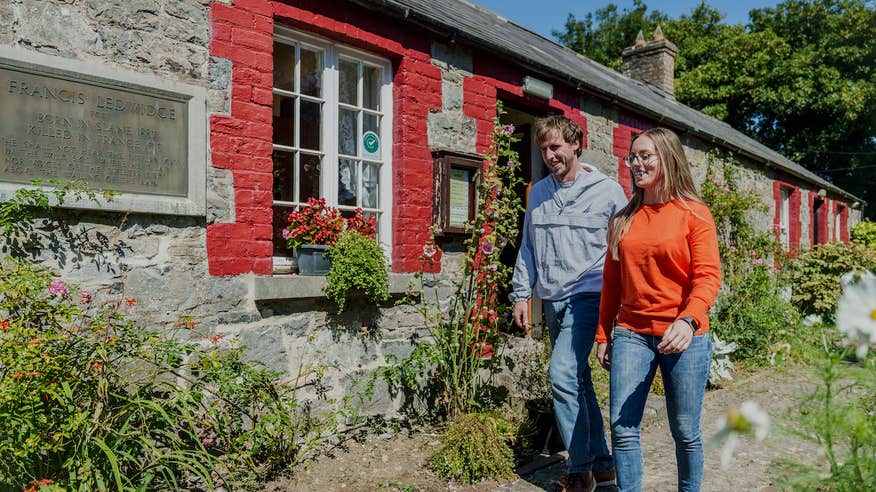
Walk back towards the village and take a right up Chapel Street (stopping in George’s Patisserie if you need a freshly baked bun for the walk) before taking a left on Abbey View and follow the road for about 10 more minutes and you’ll reach the Hill of Slane – it’s not too much of a climb (the whole route is no more than 750m), but there are benches along the way if you want a bit of a break.
Legend has it that St Patrick lit the Paschal fire atop the hill in AD 433, in defiance of the High King Laoghaire and setting the country on the road toward Christianity. There’s a monument to St Patrick in the graveyard of what remains of Slane Abbey, which was built in 1512 on the ruins of a monastery established by St Erc, one of Patrick’s followers. Walk between the graves and you’ll see some elaborately carved Celtic crosses, as well as the striking stone window arches and bell tower.
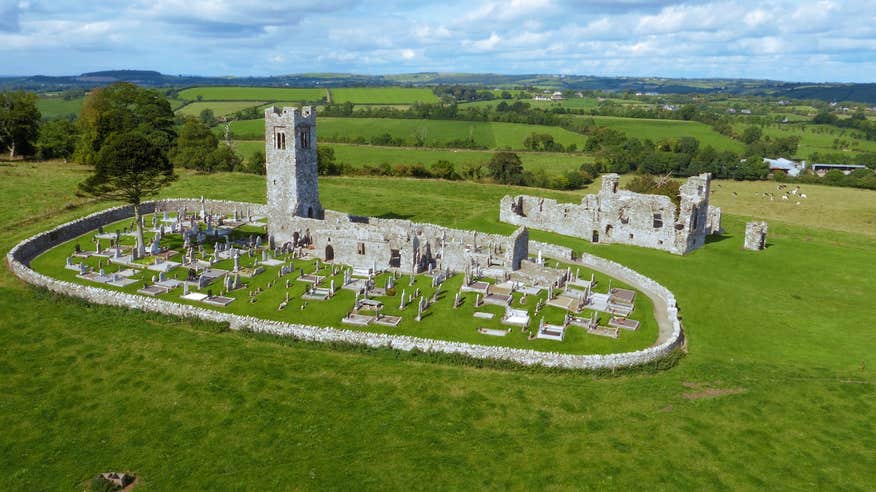
To the right of the abbey are the remains of a college built to house priests, lay-brothers and choristers. You’re free to roam within the ruins, where tiny green plants grow between the old grey stone and fossilised moss. You can even walk up to the second storey, going up a narrow spiral stairway until you come out on the old stone floor – there are great views out over the valley, with Newgrange visible in the distance (if you squint).
The bus back to Drogheda departs from opposite the Conyngham Arms, underneath the giant mural of Francis Ledwidge. At rush hour, it can run a little late, so download the TFI Live app to get real time arrival information.
When you’re back in Drogheda, walk the DRAWDA Urban Art Trail, a self-guided tour that takes you around some of the best murals in town, each of which tell the story of a local mythological figure. You’ll see large scale street art opposite car mechanics or down little alleyways, and you can read the stories behind the work on the map, too. Start off at Amergin by AERO on the North Strand, a sepia toned piece depicting the Tuatha Dé Danann, and wrap up at The Morrígan by This is Friz, a graphic illustration of the shapeshifting goddess.
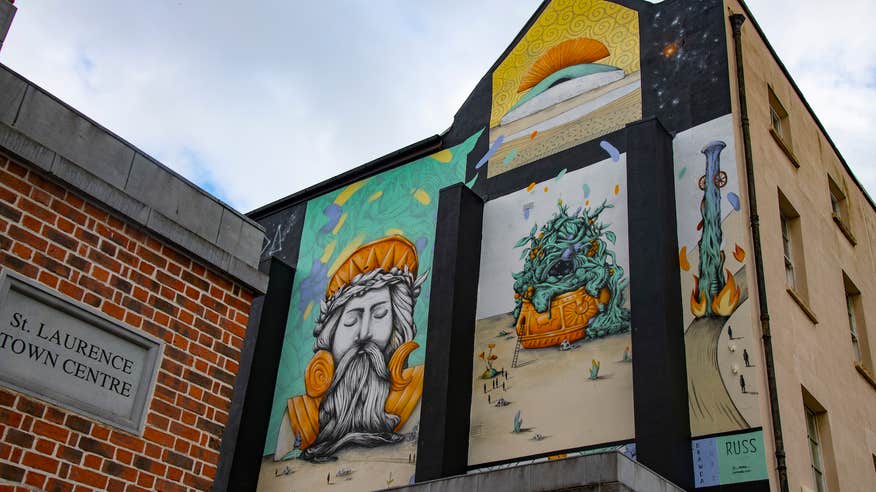
Where to eat in Drogheda
Fancy a bit of street food? Song and Jenns is a Korean food truck just around the corner from St Laurence’s Gate, where you can order anything from bulgogi (spicy beef) and bibimbap (rice bowls) alongside spicy chicken wings and dumplings. And don’t worry if the weather isn’t playing ball – there’s a shelter over the seating area. D’Vine at Distillery House is a great spot for tapas and a glass of wine, with bites like monkfish tacos and teriyaki cauliflower wings, and there’s a New York steakhouse vibe at Trinity Quarter. It’s also worth checking out the Drogheda restaurants along the Sea Louth trail for some top-notch seafood.
Immerse yourself in the ancient history that can be found throughout Brú na Bóinne without a car.
